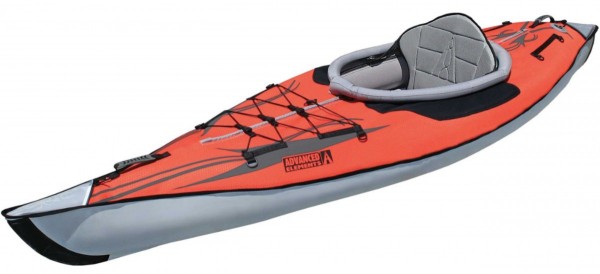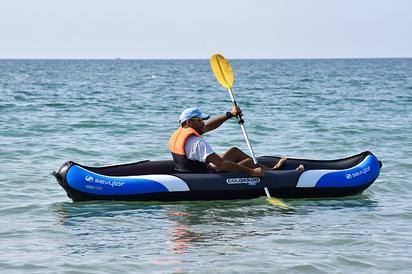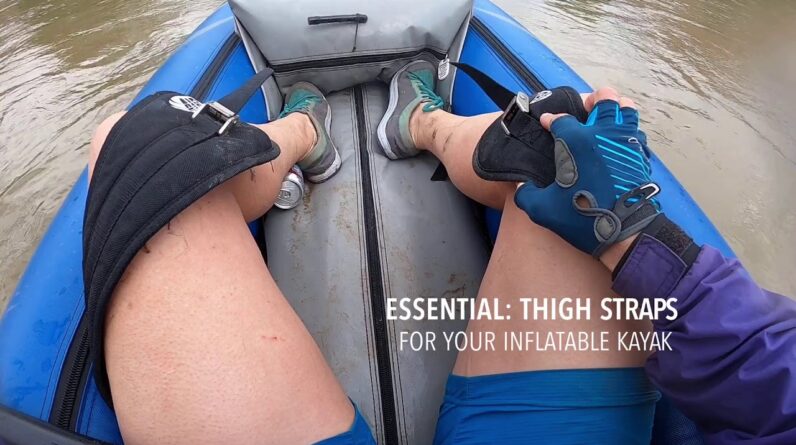
Introduction
Maintaining your inflatable kayak is essential to ensure its longevity and optimal performance. Regular upkeep will not only prolong the lifespan of your kayak, but it will also keep you safe and allow you to enjoy your kayaking adventures to the fullest. In this article, we will discuss why kayak maintenance is important, the benefits of regular maintenance, and provide you with some valuable tips to keep your kayak in top-notch condition.
Why is maintenance important?
Regular maintenance is crucial for your inflatable kayak because it helps prevent costly repairs and potential accidents. By taking care of your kayak, you can identify and address minor issues before they escalate into major problems. Proper maintenance also ensures that your kayak is always ready for use whenever you want to hit the water.
Benefits of regular maintenance
Maintaining your inflatable kayak has numerous benefits. Firstly, it extends the lifespan of your kayak, saving you money in the long run. Regular inspections and cleaning also allow you to identify any wear and tear, enabling you to take prompt action to avoid any further damage. Furthermore, a well-maintained kayak performs better in terms of speed, stability, and maneuverability, enhancing your overall kayaking experience.
Now that you understand the importance of inflatable kayak maintenance, let’s move on to some essential maintenance tips to help you keep your kayak in peak condition.
Cleaning
One of the most essential aspects of maintaining your inflatable kayak is proper cleaning. Regular cleaning not only keeps your kayak looking great but also helps to prolong its lifespan.
Proper cleaning techniques
When it comes to cleaning your inflatable kayak, there are a few techniques that you should keep in mind. First and foremost, always rinse off your kayak with fresh water immediately after each use. This helps to remove any salt or debris that may have accumulated. For more thorough cleaning, use a mild detergent and a soft sponge or cloth. Gently scrub the surface of your kayak, paying close attention to any particularly dirty or stained areas. Finally, rinse off the kayak again with fresh water to ensure that all the detergent is removed.
Choosing the right cleaning products
When selecting cleaning products for your inflatable kayak, it is crucial to choose ones that are safe and compatible with the material. Avoid harsh chemicals, solvents, or abrasive cleaning agents, as they can damage the kayak’s surface and weaken the material over time. Instead, opt for mild dish soap or specially formulated kayak cleaners that are designed to be gentle yet effective. Always refer to the manufacturer’s recommendations for cleaning products, as some may have specific guidelines or restrictions.
By following these proper techniques and selecting the appropriate cleaning products, you can ensure that your inflatable kayak remains clean and in excellent condition for many adventures to come.
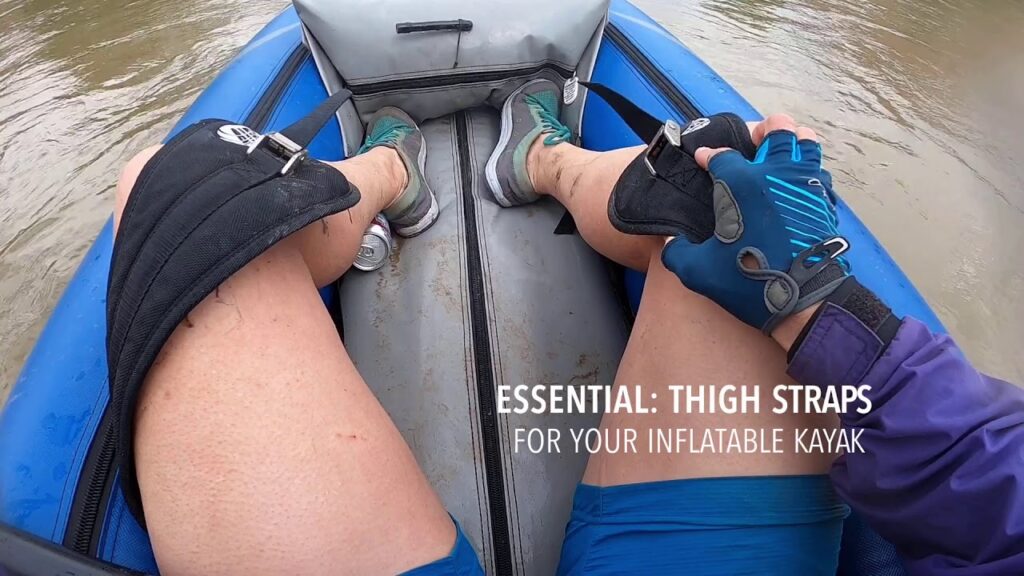
Drying
Importance of thorough drying
When it comes to maintaining your inflatable kayak, one of the most crucial steps is ensuring that it is thoroughly dried after each use. Proper drying helps prevent the growth of mildew and mold, which can weaken the material and cause unpleasant odors. Moreover, dampness can lead to deterioration and damage, reducing the lifespan of your kayak. Therefore, taking the time to dry your kayak properly is essential.
Best practices for drying
To ensure effective drying, start by wiping down the kayak with a towel or sponge to remove excess water. Then, allow it to air dry in a well-ventilated area, away from direct sunlight. This helps prevent UV damage while allowing the kayak to dry evenly. It’s important to note that folding or storing a damp kayak can lead to the growth of mold or mildew, so be sure to wait until it is completely dry before packing it away.
To expedite the drying process, you can also use a fan or a portable heater set on a low temperature. Just make sure to use caution and monitor the temperature to avoid any damage to the kayak. By following these best practices, you’ll help prolong the life of your inflatable kayak and ensure that it’s ready for your next adventure.

Storage
Finding the ideal storage space
Proper storage is crucial to ensure the longevity and performance of your inflatable kayak. When looking for the ideal storage space, consider a location that is cool, dry, and free from direct sunlight. Excessive heat and sunlight can cause the kayak material to deteriorate over time, making it more susceptible to punctures and tears. A garage, shed, or basement are all great options for indoor storage. If outdoor storage is your only option, invest in a cover or storage bag designed specifically for inflatable kayaks to protect it from the elements.
Tips for storing inflatable kayaks
When storing your inflatable kayak, there are a few tips you should keep in mind. First, make sure the kayak is completely dry before putting it away. Any moisture left inside the kayak can lead to mold or mildew growth. To dry it thoroughly, inflate the kayak and wipe down the interior with a dry cloth. Then, deflate the kayak and let it air dry completely before storing.
Next, be careful not to fold or roll the kayak too tightly. This can cause unnecessary stress on the seams and increase the risk of damage. Instead, fold or roll the kayak loosely, following the manufacturer’s instructions. Lastly, store the kayak in an upright position, if possible, to prevent any unnecessary strain on the material. By following these storage tips, you can increase the lifespan of your inflatable kayak and ensure it remains in top condition for all your future adventures.
Inspection
Regularly inspecting your inflatable kayak is essential to ensure its safety and performance on the water. By following these inspection procedures, you can identify signs of wear and tear before they become major issues.
Regular inspection procedures
Start by thoroughly examining your kayak for any visible damage, such as punctures, cuts, or tears. Check the hull, seams, and valves for any signs of leakage or deterioration. Inspect the attachments, handles, and D-rings to ensure they are securely fastened. Additionally, inspect the inflatable chambers for any signs of deflation or deformation.
Identifying signs of wear and tear
While inspecting your kayak, pay close attention to any signs of wear and tear. Look for frayed stitching, faded colors, or worn-out material. These could indicate that the kayak needs repairs or replacement parts. Check the paddle for any cracks, bends, or damaged joints that could affect its performance.
Remember, regular inspection can prevent minor issues from escalating into more significant problems, ensuring your safety while kayaking. By addressing any issues promptly, you can extend the lifespan of your inflatable kayak and maintain its optimal performance on the water. Don’t forget to consult the manufacturer’s instructions for additional maintenance guidelines specific to your kayak model.
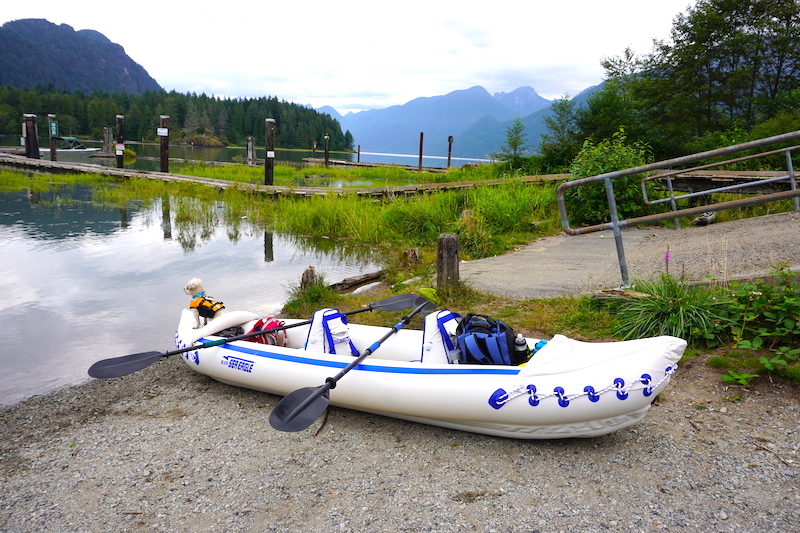
Repair
Understanding common damages
When it comes to inflatable kayak maintenance, understanding the common damages is crucial. Knowing what to look out for can help you address issues before they escalate. Common damages that may occur include punctures, tears, and leaks in the kayak’s fabric or seams. These damages can occur due to sharp objects, rough handling, or exposure to extreme temperatures. Identifying the cause of the damage is important in order to prevent it from happening again in the future.
Step-by-step repair guide
Repairing your inflatable kayak may seem overwhelming, but with a step-by-step guide, it can be a straightforward process. First, identify the damaged area by inflating the kayak and inspecting it carefully. Once you have identified the damage, clean the area thoroughly and ensure it is dry. If it’s a small puncture or tear, you can use a repair patch kit that is specifically designed for inflatable kayaks. Apply the patch according to the manufacturer’s instructions, making sure it is firmly attached. For larger damages or leaks in the seams, you may need to use adhesive or sealant to fix the problem. It’s important to allow ample time for the repair to cure before using your kayak again.
Remember, regular maintenance and proper storage can help prevent damages to your inflatable kayak. By following these simple repair tips and always being mindful of your kayak’s condition, you can ensure that it lasts for many enjoyable adventures on the water.
Inflation
Proper inflation techniques
Properly inflating your inflatable kayak is crucial for both the performance and longevity of your vessel. To start, ensure that you have a high-quality pump specifically designed for inflatables. This will help you achieve the correct air pressure without exerting too much effort.
Begin by attaching the pump to the kayak’s valves. It’s essential to know which valve system your kayak has, as different models might use different types. Then, steadily pump air into the kayak, taking breaks every few minutes to allow the material to adjust and prevent overinflation. Keep an eye on the kayak’s shape and feel for any tightness or bulging. As you approach the recommended air pressure, reduce the rate of inflation and check for air leaks.
Maintaining optimal air pressure
A crucial aspect of inflatable kayak maintenance is maintaining optimal air pressure. Too little air can result in reduced stability and control, making your kayak less enjoyable to use. On the other hand, overinflating can strain the seams and valves, leading to potential damage. To ensure the optimal air pressure, consult your kayak’s manual or specifications for the recommended PSI.
Before every outing, check the kayak’s air pressure using a pressure gauge. Over time, air can naturally escape, so it’s essential to top up the air to the recommended level. Additionally, temperature changes can cause air pressure fluctuations. Therefore, it’s a good practice to monitor and adjust the air pressure periodically during your trip.
Properly inflating and maintaining the optimal air pressure will help you enjoy safe and smooth kayaking adventures for years to come. So remember, take your time when inflating, be mindful of the air pressure, and regularly check for any leaks or damage in the material. Happy paddling!
Conclusion
Final thoughts
In conclusion, taking good care of your inflatable kayak is essential for its longevity and performance. By following a few simple maintenance tips, you can ensure that your kayak remains in top shape for years to come.
Regular cleaning of your kayak is crucial to prevent the buildup of dirt, sand, and debris that can potentially damage the material. Use a mild soap and water solution to clean the kayak thoroughly, paying extra attention to the seams and crevices where dirt often accumulates. Remember to rinse off the soap completely to avoid any residue.
Checking for and repairing any leaks or punctures is another crucial aspect of kayak maintenance. Inspect your kayak before every use, looking for any signs of damage. If you find a leak or puncture, repair it immediately using a patch kit specific to inflatable kayaks. This will help prevent further damage and ensure your safety on the water.
Proper storage is also key to maintaining your kayak’s condition. Store it in a cool, dry place away from direct sunlight and extreme temperatures. Avoid folding the kayak for extended periods, as this can cause creases that may weaken the material over time.
By following these essential maintenance tips, you can enjoy many years of paddling adventures with your inflatable kayak. Remember, taking a little time to care for your kayak now can save you time and money on repairs in the future. Happy paddling!



